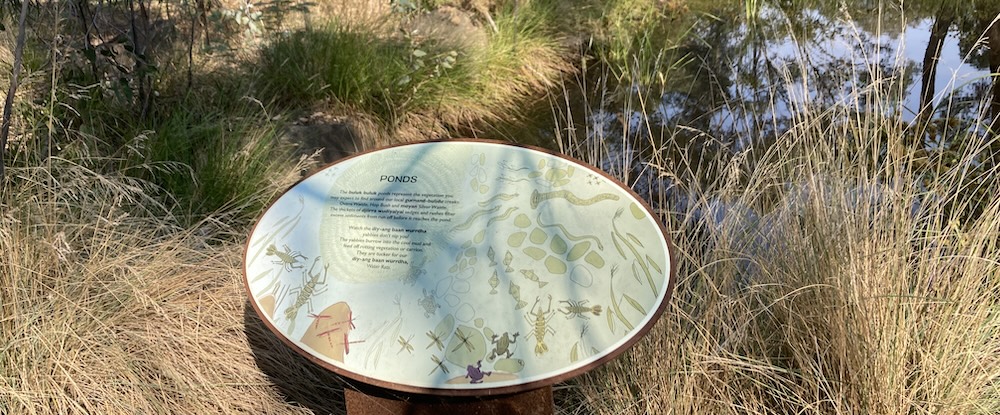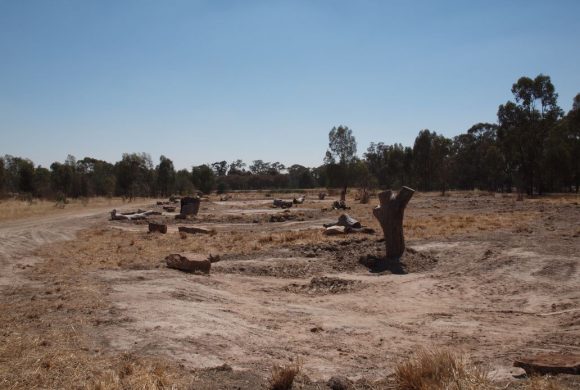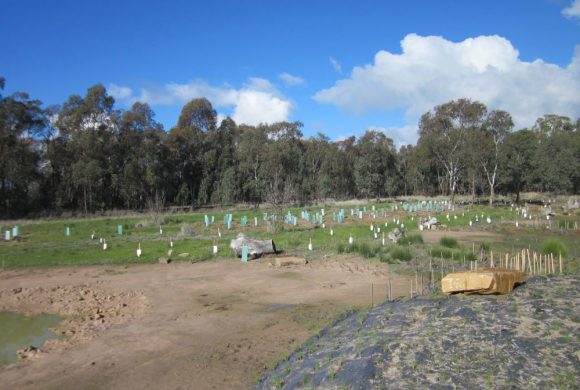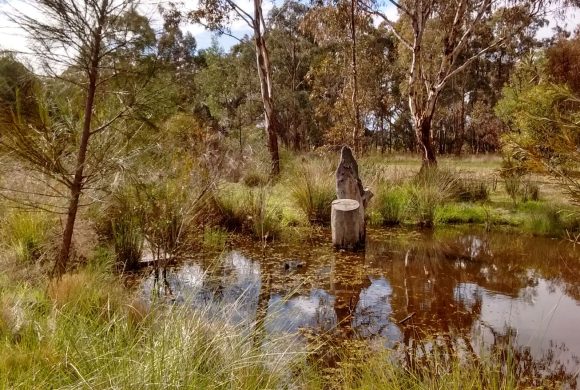Chain of Ponds and Wetlands

In the early days, the Chain of Ponds from the nursery to the dam was a drain filled with weeds. It was originally excavated to take the overflow from the Hume Fwy to the dam. Sally Mann, botanist and early Arb coordinator, developed the Chain of Ponds, installed the rocks and carefully restored the vegetation around the ponds. The ponds are now filled with yabbies, frogs and dragonflies. Seasonally you will find Herons and Spoonbills visiting to take advantage of low water and the easy feed!
The Wetlands on the far side of the Arb were known in house as the ‘cricket pitch’ by our staff. Each December, a volunteer would head over to mow the ‘cricket pitch’, returning often by morning tea to tell me the tractor was bogged – again. Given that it was such a wet area, we decided to turn the site into a series of shallow pools.



The site was originally filled with Paspalum, Phalaris and a few native sedges. We scraped the top soil from the ponds and piled it in a mound close by. We dug out the ponds to varying depths – none more than 1 metre deep. We ensured that the edges of the ponds were a gradual slope, and that the ponds would ideally dry out over summer. Donated rocks and logs were installed in the ponds to create roosting areas and habitat. Then the job of planting began! With the tremendous help of volunteers, we planted over 10,000 grasses, sedges and shrubs around the edges of the wetland.
Our wetlands are now thriving hubs of biodiversity. Filled with macroinvertebrates and frogs when the wetlands are brimming, they recede as the weather warms up and provide food for the wading birds. During summer, Old Man Weed, Centipeda cunninghamii and Nardoo, Marsilea drummondii germinates in the mud. The wet and dry cycle of the wetlands ensures there is maximum biodiversity throughout the year.
